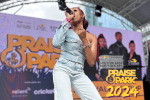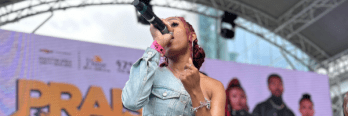Mathematics
Counting and Cardinality
Kindergarten aged students should know number names and the sequence they come in. They should be able to count to 100 by ones and tens, as well as count forward from any number given other than starting from one. Children should be able to write the numbers zero to twenty, and represent a number of objects with a written number. Children should be able to count to tell the number of objects, understanding the relationship between numbers and quantities. When counting objects, they should be able to state the number names in the correct order and understand that the last number represents the number of objects counted.
Children should be able to compare the number of objects being greater than, lesser than, or equal to the number of objects in another group and compare two number between one and ten presented as written numerals.
Operations and Algebraic Thinking
A child should understand that addition is putting things together and adding to and subtraction as taking apart and taking from. The child should be able to add to or take away from a visual display of objects (fingers, toys), solve addition and subtraction word problems, and add and subtract within ten by using objects or drawings to represent the problem. A child should be able to choose what numbers go together from one to nine to make ten (i.e. four plus six equals ten) as well as fluently add and subtract within five.
Number and Operations in Base Ten
A kindergartener should work with numbers eleven to nineteen into ten ones and another group to understand these numbers are composed of a group of ten and another group of numbers.
Measurement and Data
A child should be able to describe and compare measurable attributes such as length or weight of an object. They should be able to compare and contrast two objects with one attribute in common to see which has more or less of the attribute and explain the difference. The child should be able to classify objects and count the number of objects in each category.
Geometry
Children should be able to identify and describe basic shapes and objects in the environment using shapes and the relative position of these objects such as above, below, next to. The child should be able to compare two and three-dimensional shapes in different sizes and orientations using language to describe their similarities and differences, and model shapes in the world by building them from objects such as clay.
If you would like practice sheets, you can go to www.mathsisfun.com/worksheets/
Game Center Tip: Buy two sets of number magnets. You find at them 99 cent store. Put up a simple (i.e 1+1=2) math question and have your little one answer the question.
READ: 10 Ways To Kick Off Your Summer With The Family
In The Know: What Your Kindergarten Child Should know was originally published on elev8.com











